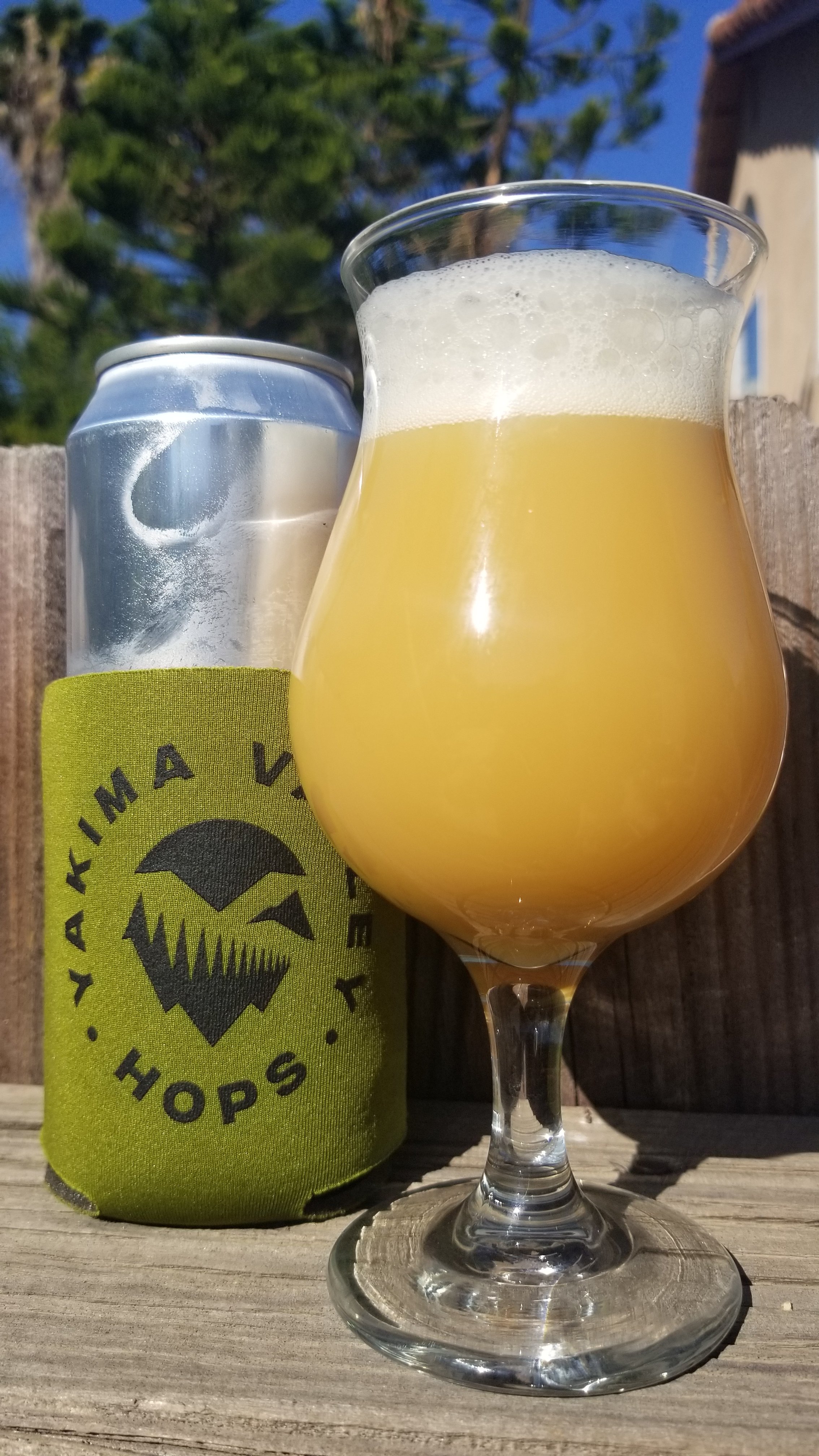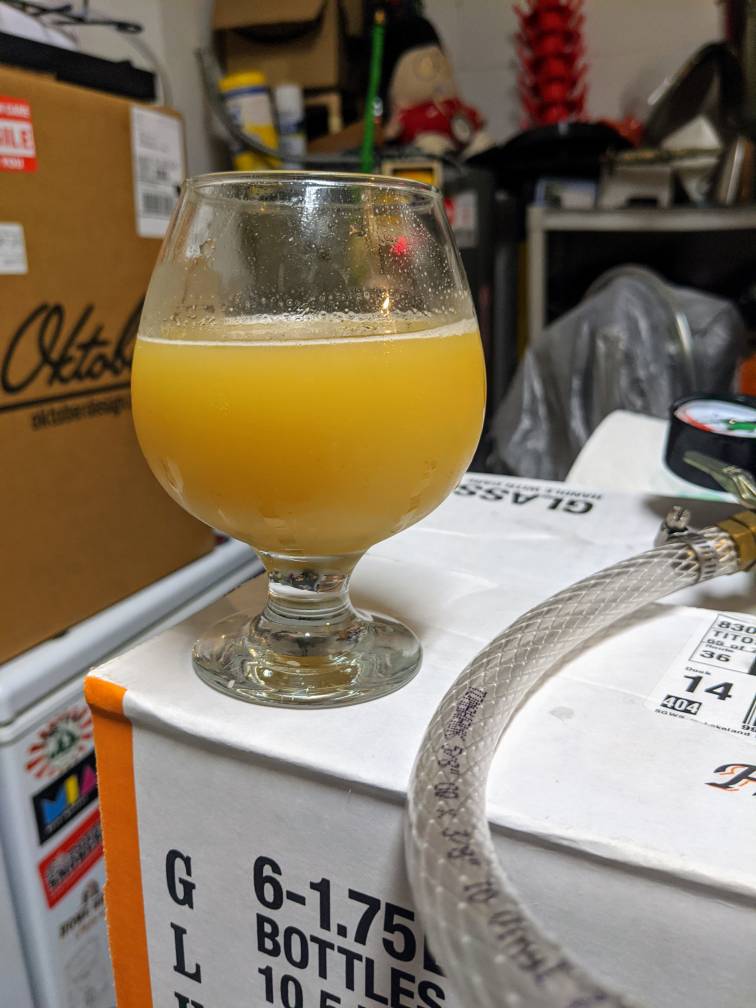marchuk96
If you brew it...they will come!!
Extract is definitely a great stepping stone to all grain which I'm assuming is your goal eventually...you can make great beer with extract and some may say with the right process as good as all grain...as far as secondary goes...if you have already done it that's fine...it is not a bad practice but not really necessary and potentially risky....depending on how you are getting the liquid to secondary and what you are using you run some risk with o2 pickup and oxidation...if you can do it as a closed transfer then that's great but if its going from fermentor a) to fermentor b) the chance for degration increases...
I usually do 2 dry hops...after ferment is complete...I'll do one at day 7/8...another one day 9 both at room temp... Then cold crash and keg day 11...I've done this for most of ipas and gotten great results...great out of the bag nose...my dry hop is usually around 5-6 ounces...best of luck!! [emoji482]
I usually do 2 dry hops...after ferment is complete...I'll do one at day 7/8...another one day 9 both at room temp... Then cold crash and keg day 11...I've done this for most of ipas and gotten great results...great out of the bag nose...my dry hop is usually around 5-6 ounces...best of luck!! [emoji482]
I'm getting ready to dry hop some mosaic in a couple of days. It'll be 4 days after racking into the secondary. My plan is to cold crash for 4 days before kegging. The question is how long to dry hop? 6 days, 4 days, 9 days. I have heard different things.
I brew using an extract kit. I used spring water. I don't keep track of my water composition. So I am pretty new to this. I just looking for some basic rule of thumb.




